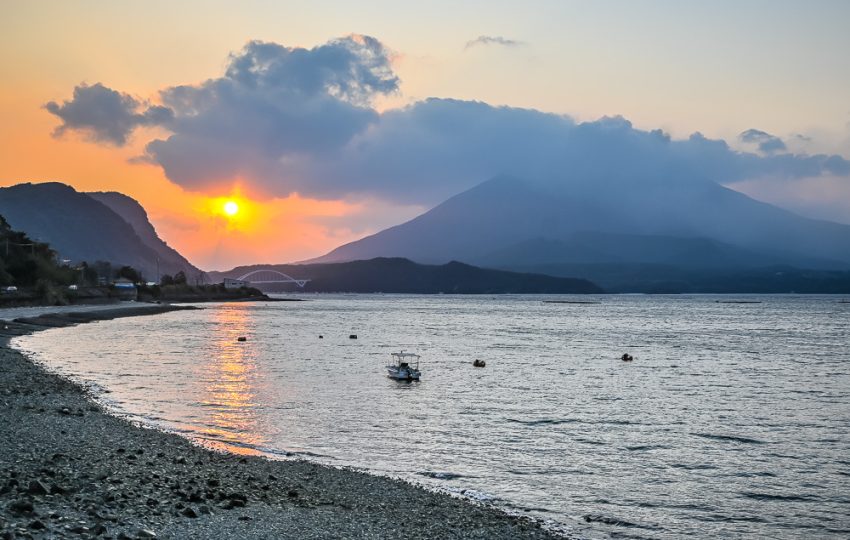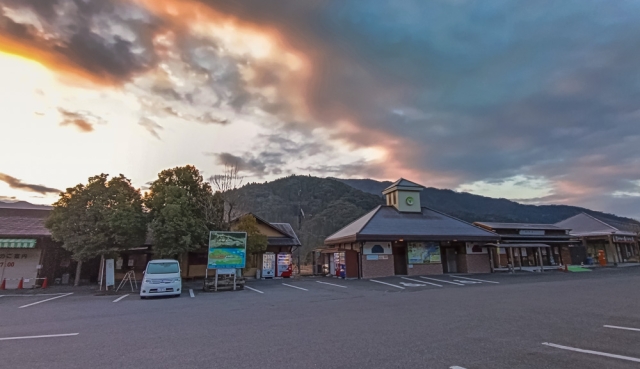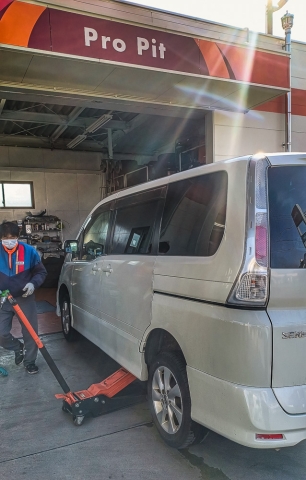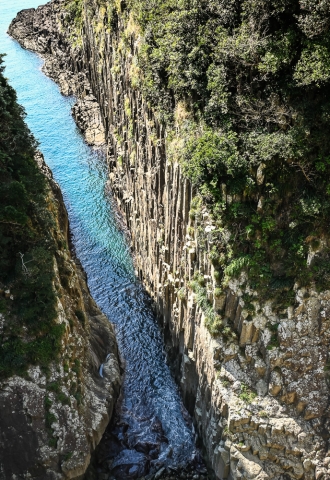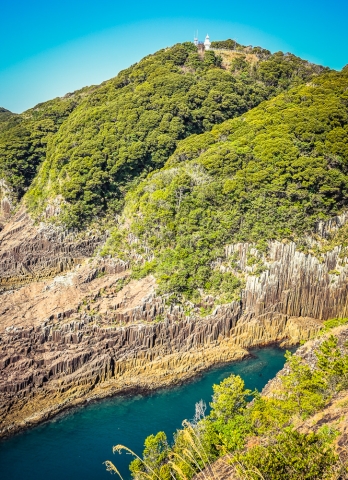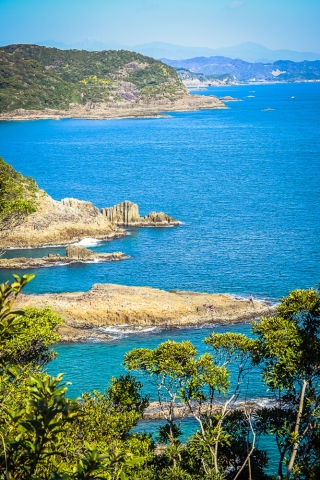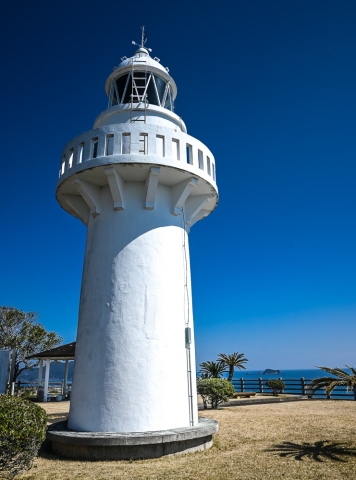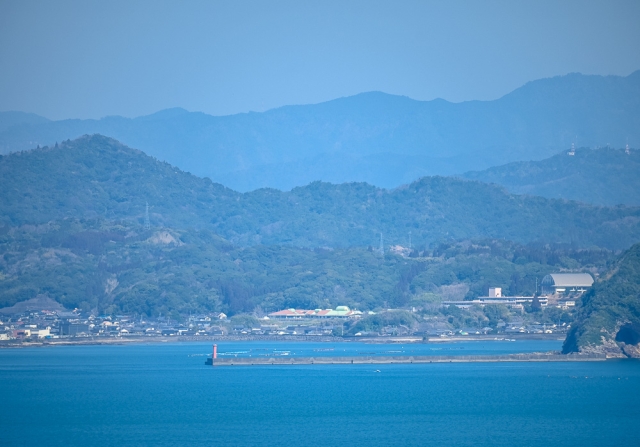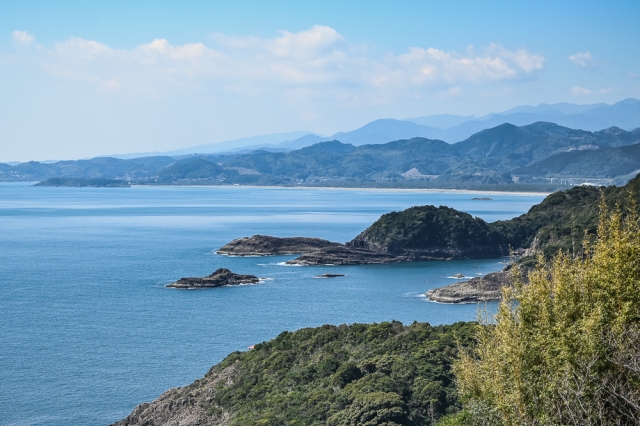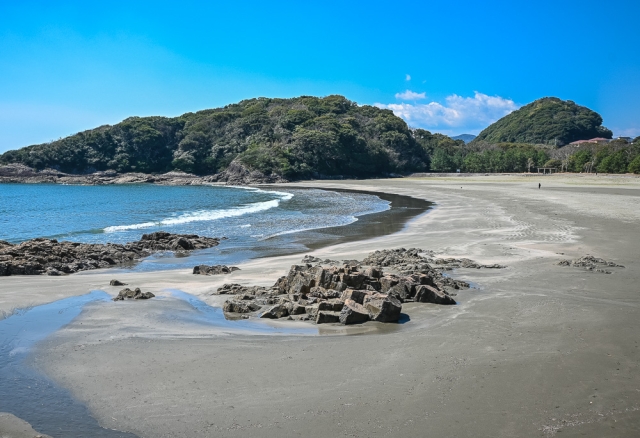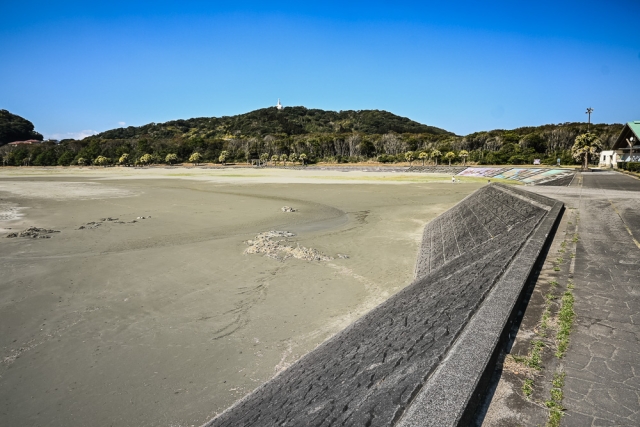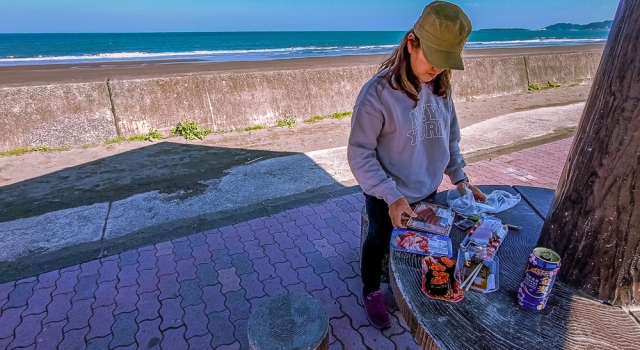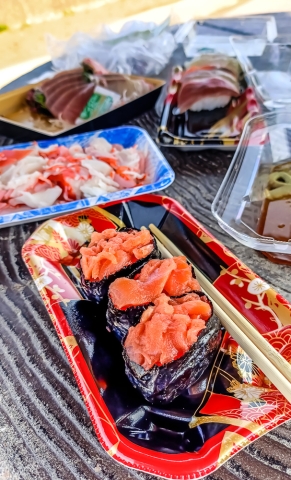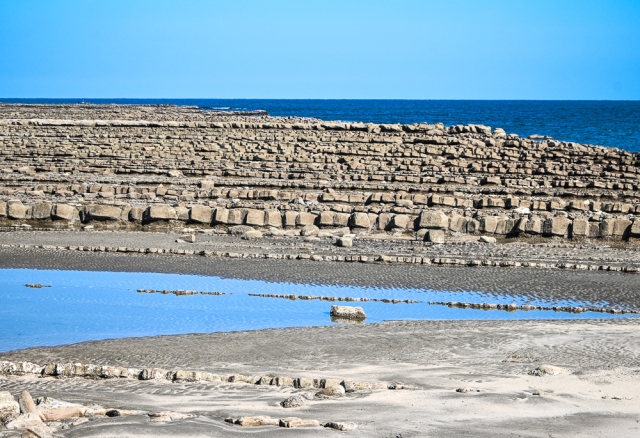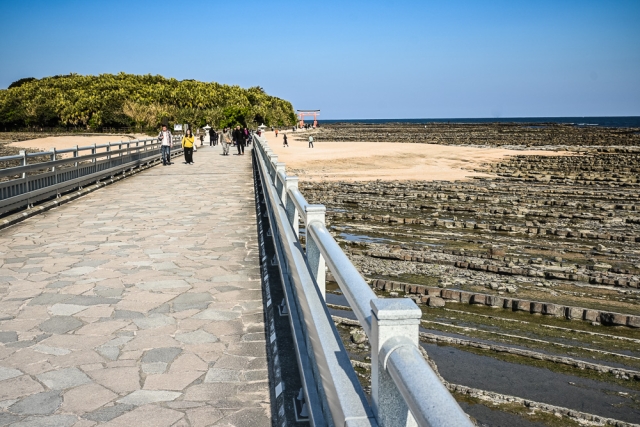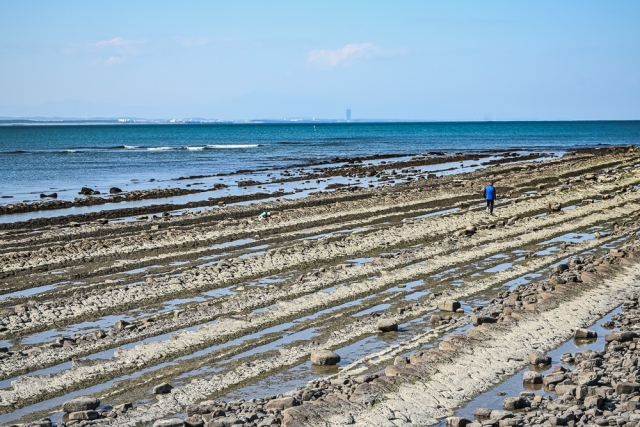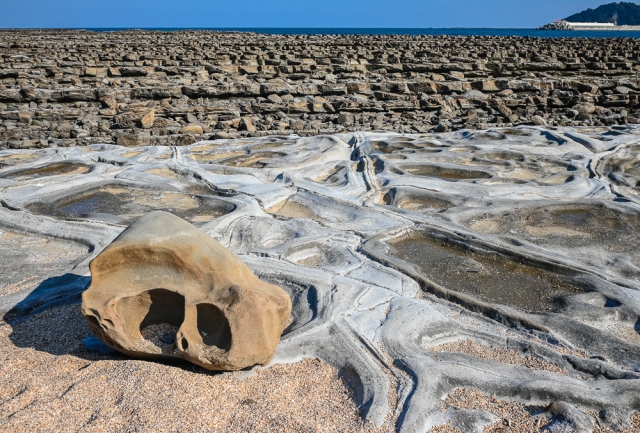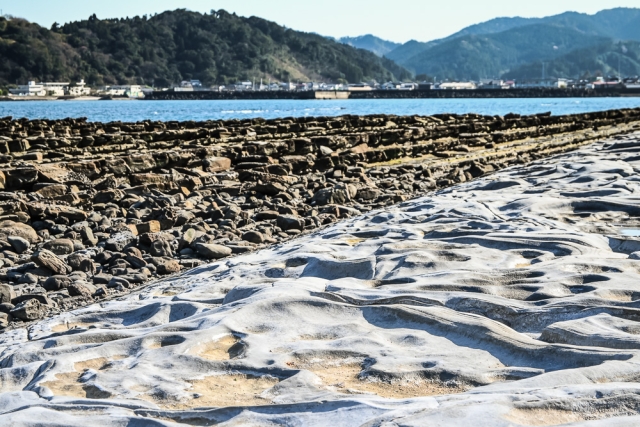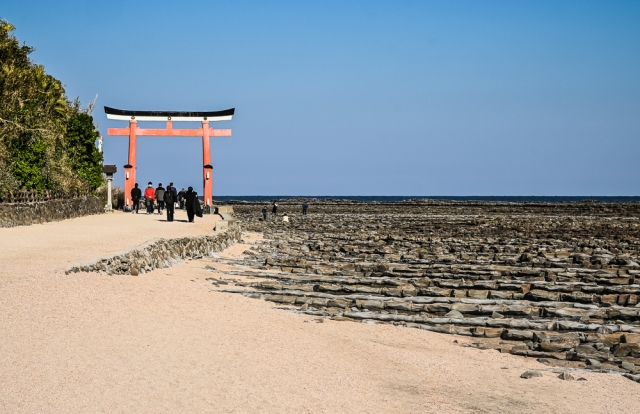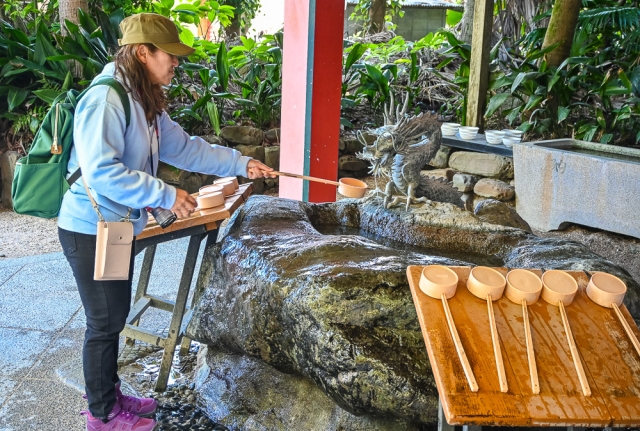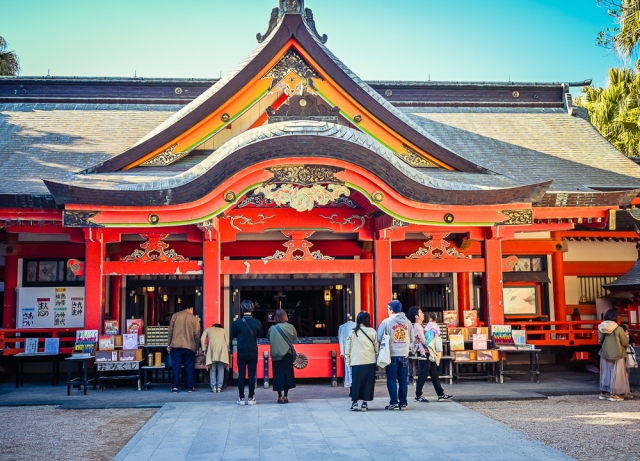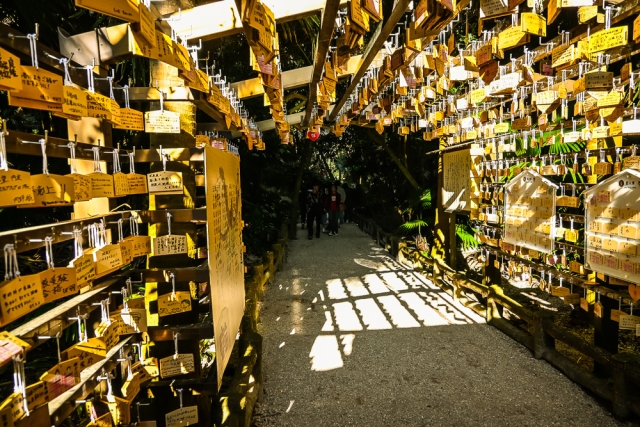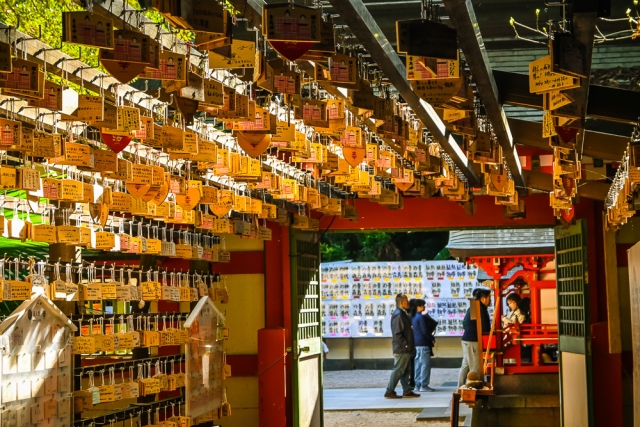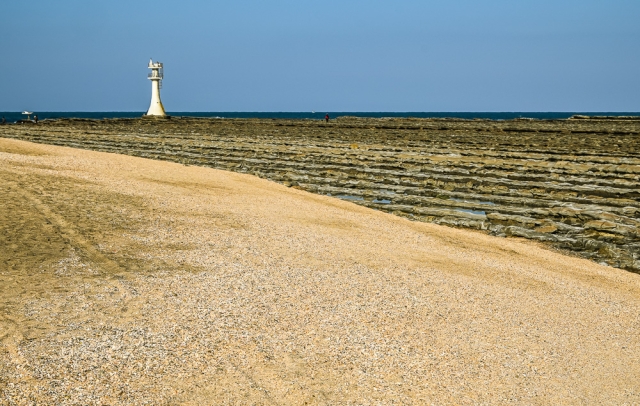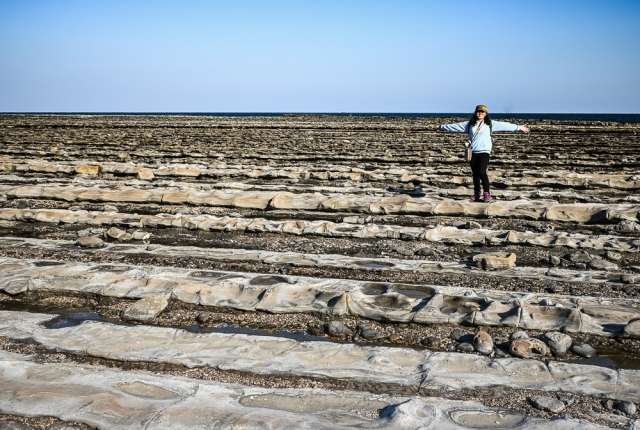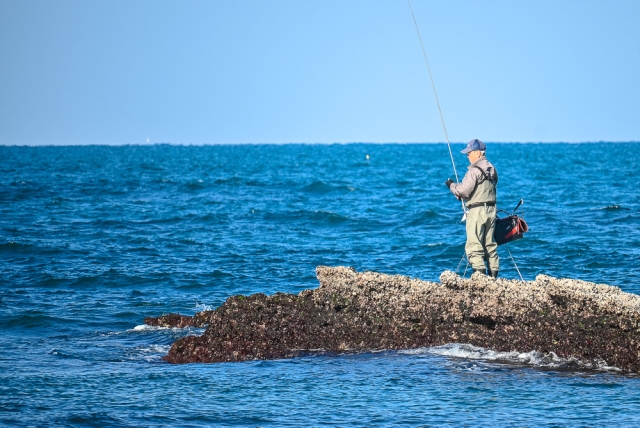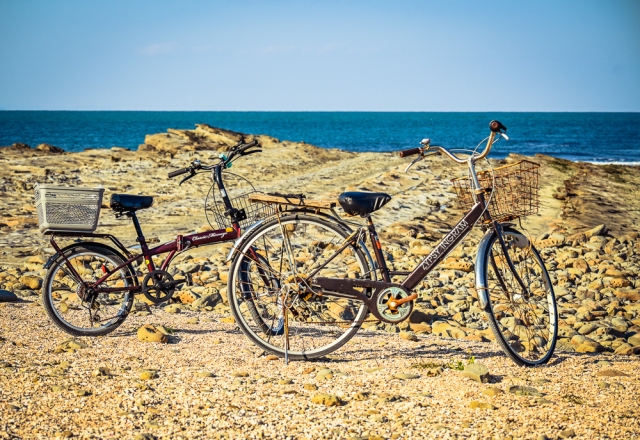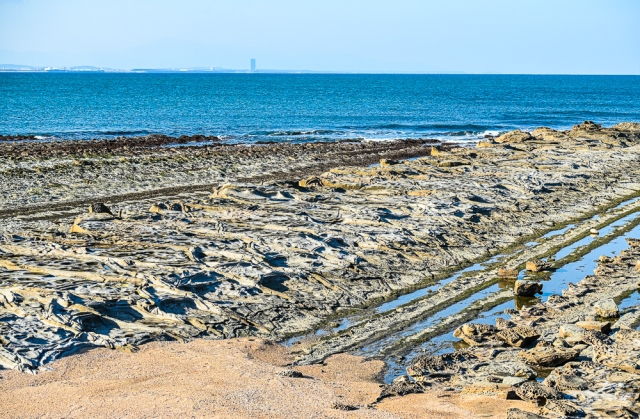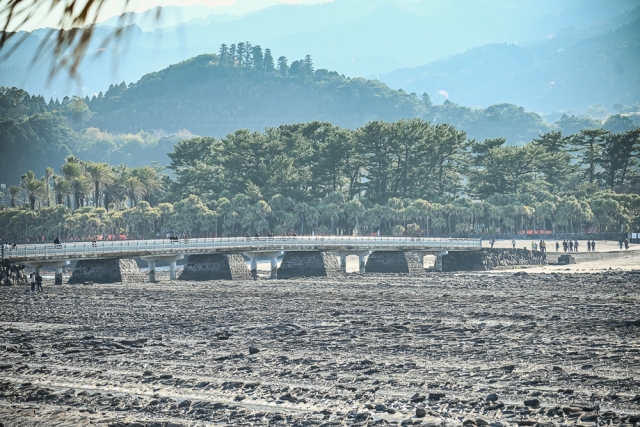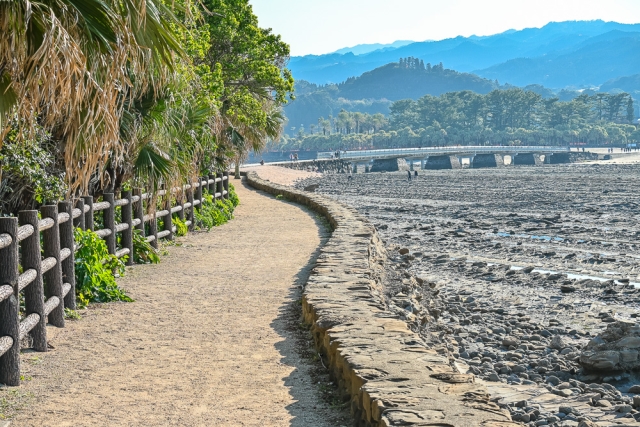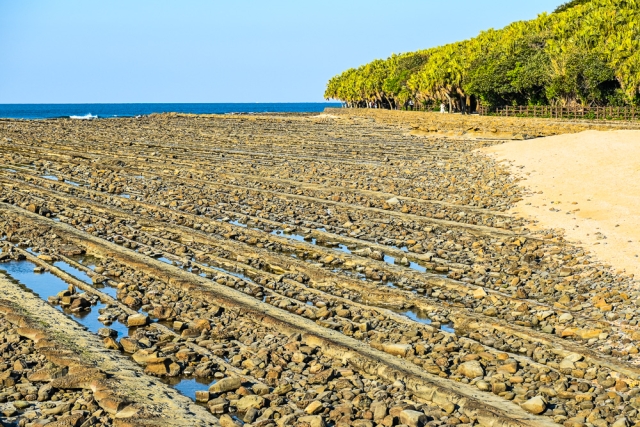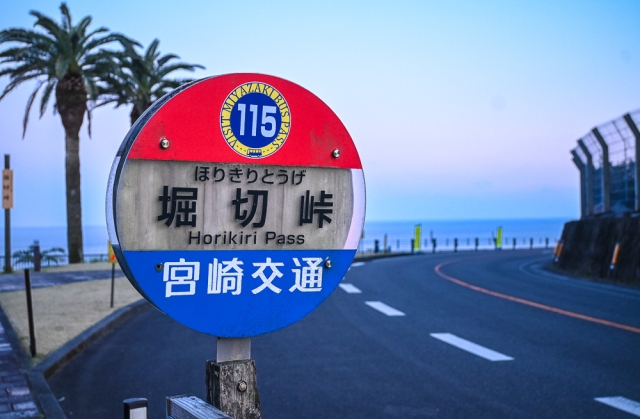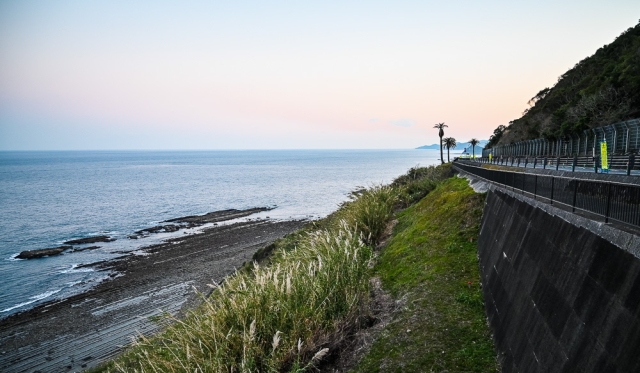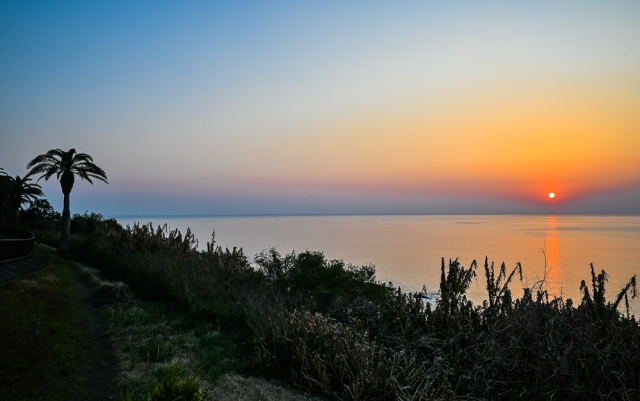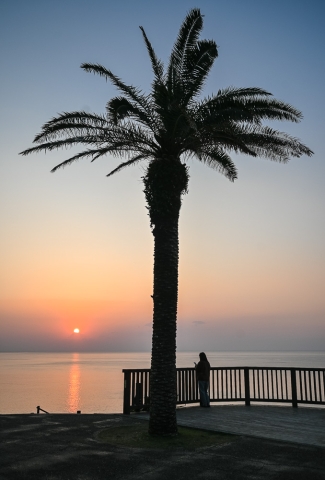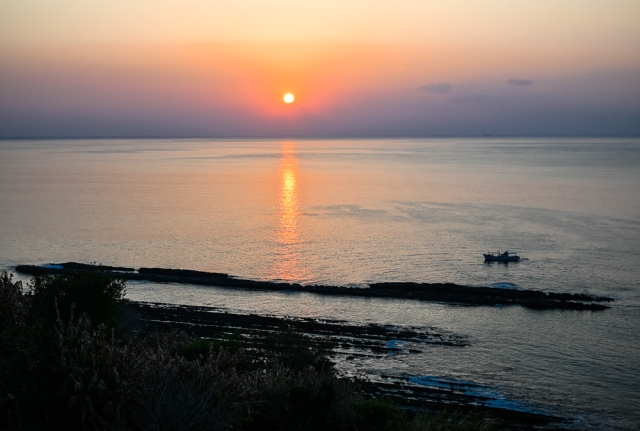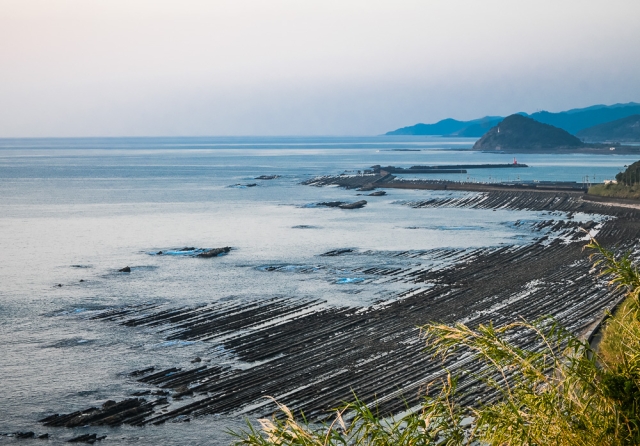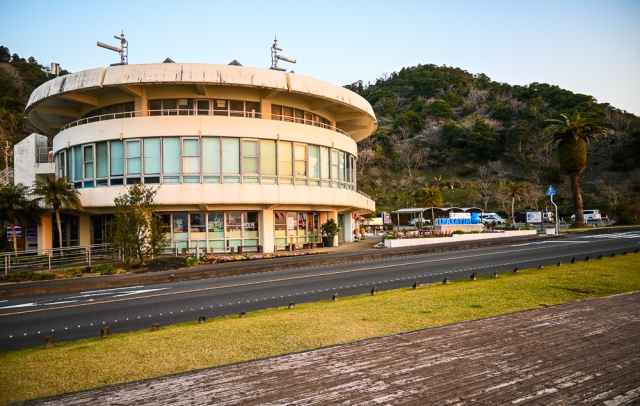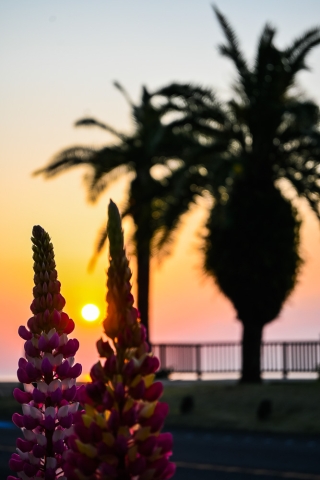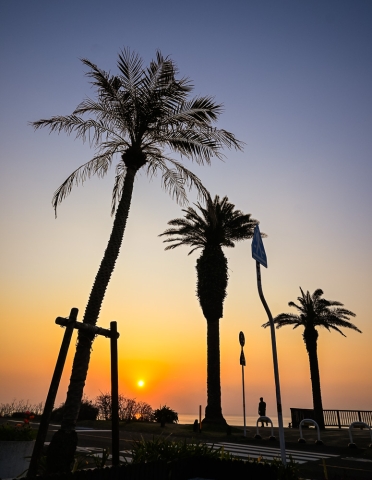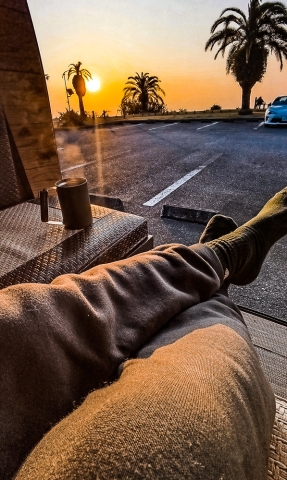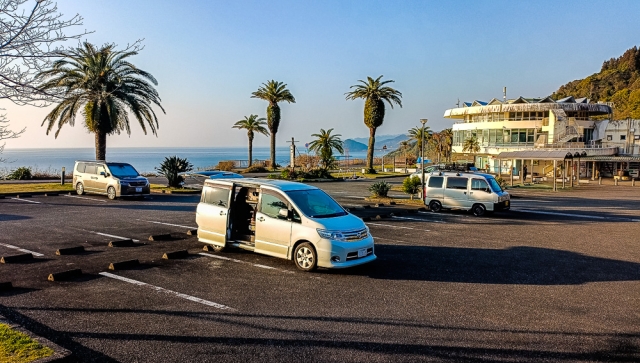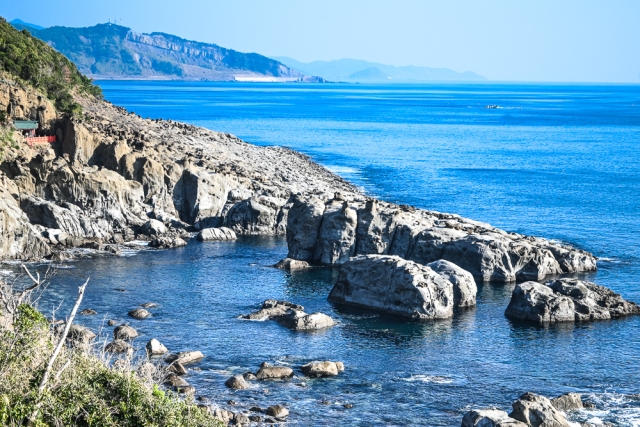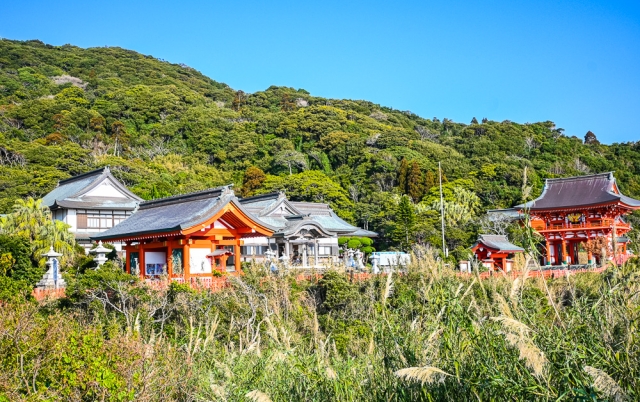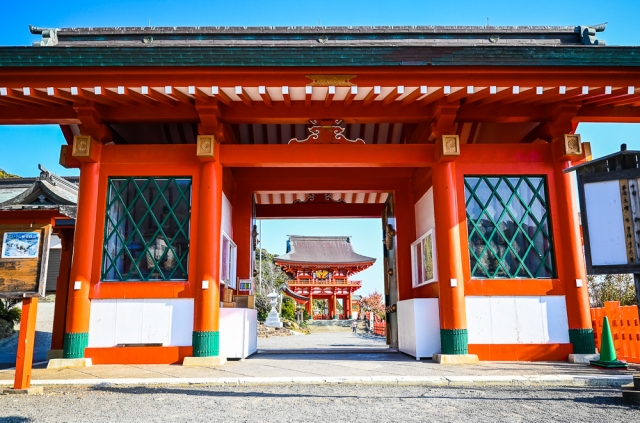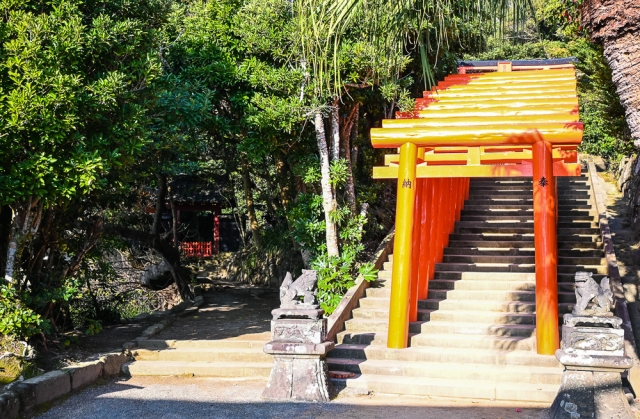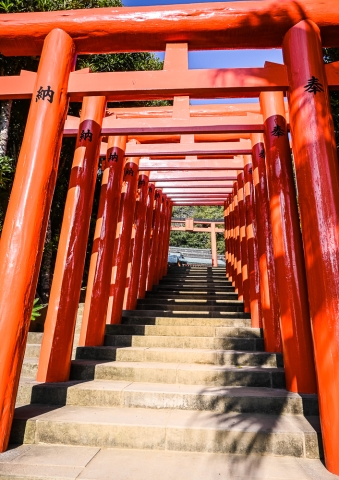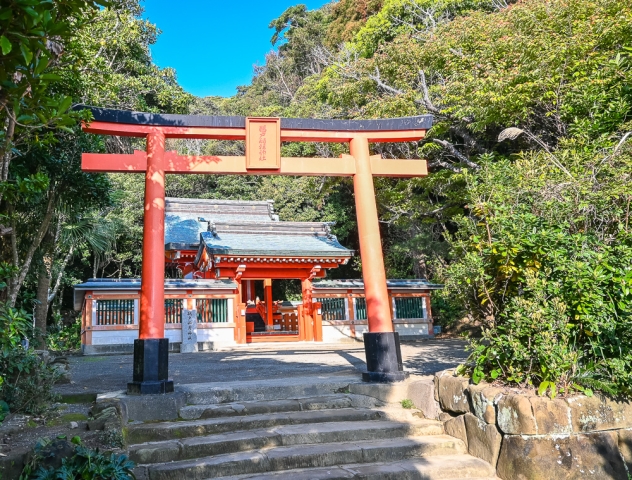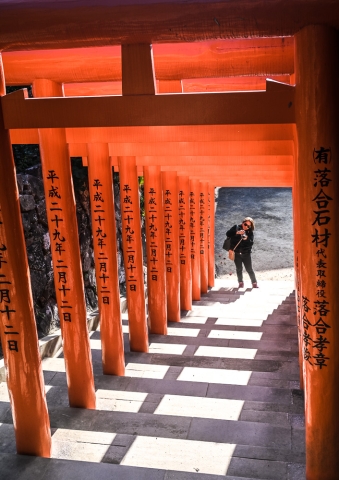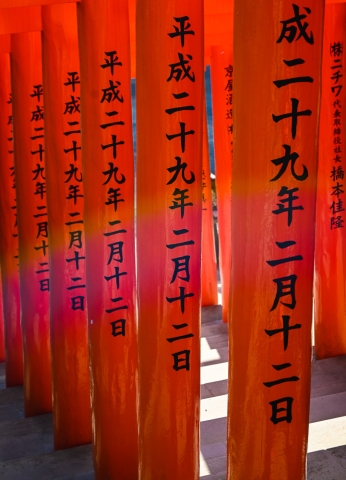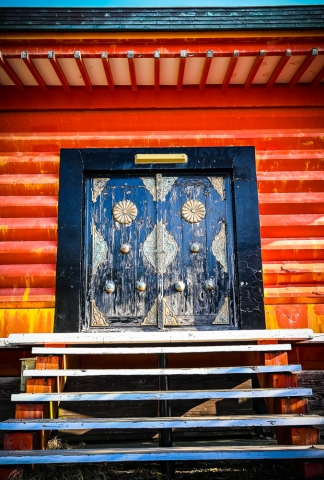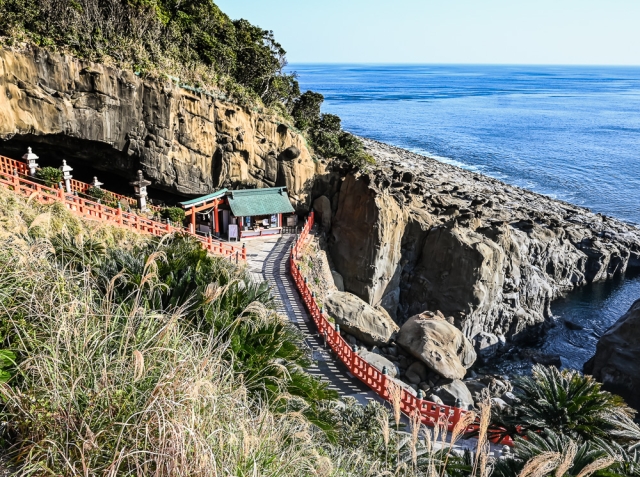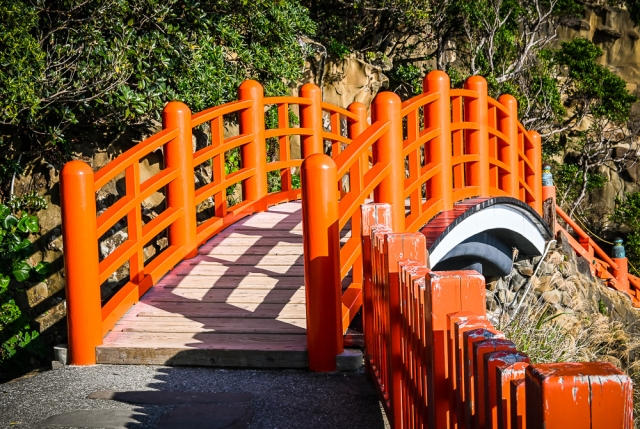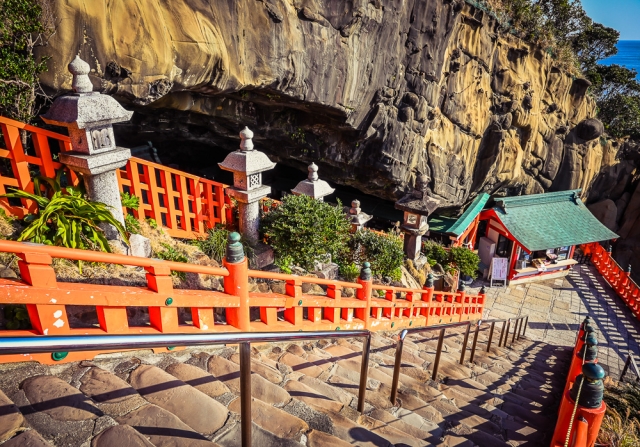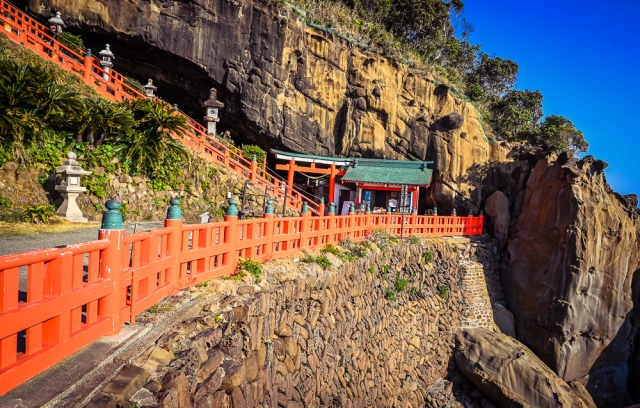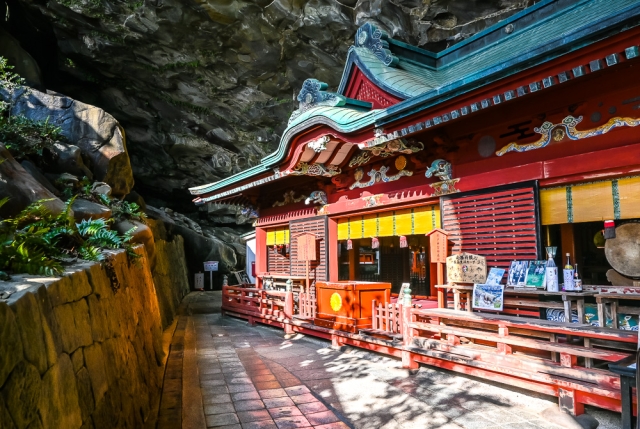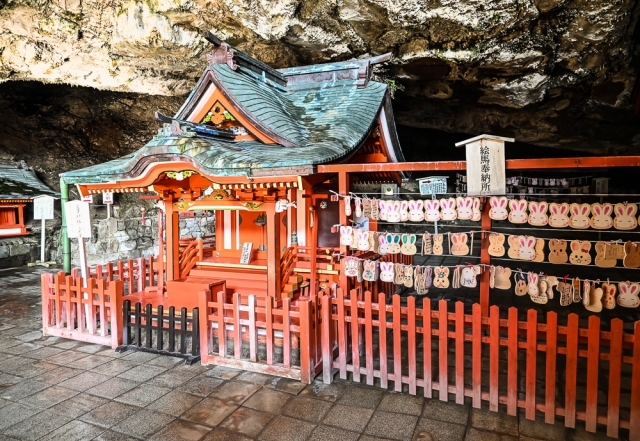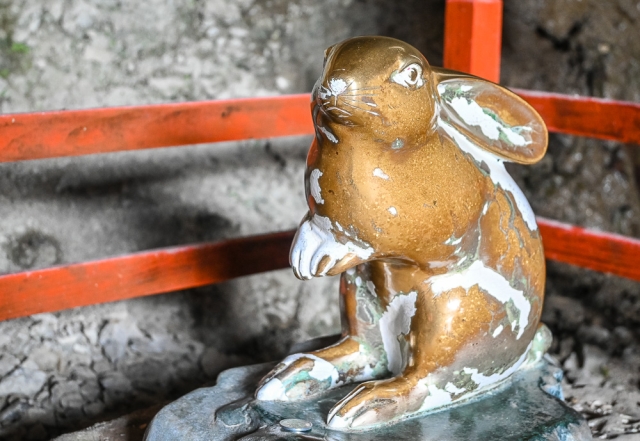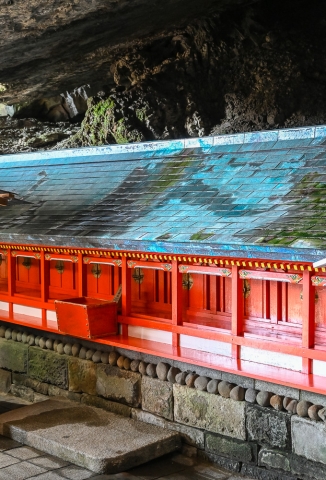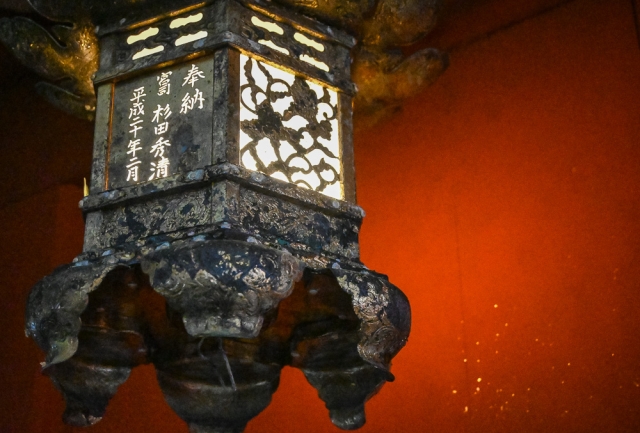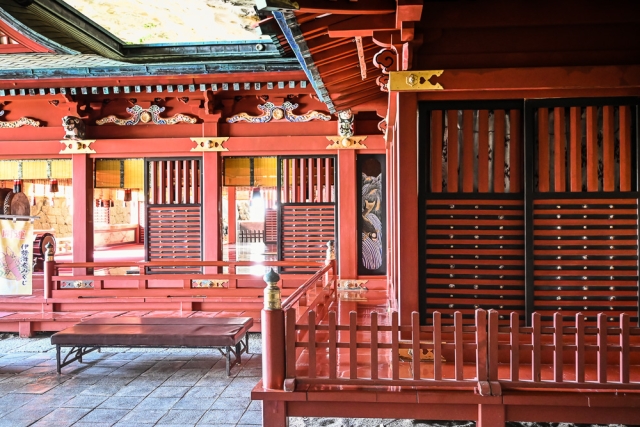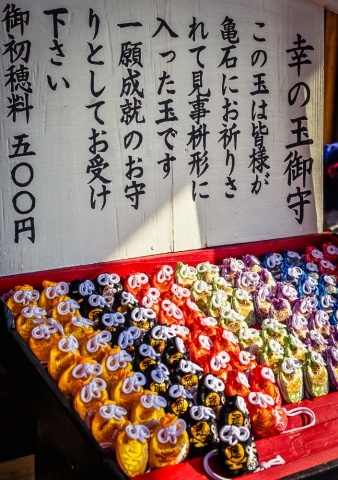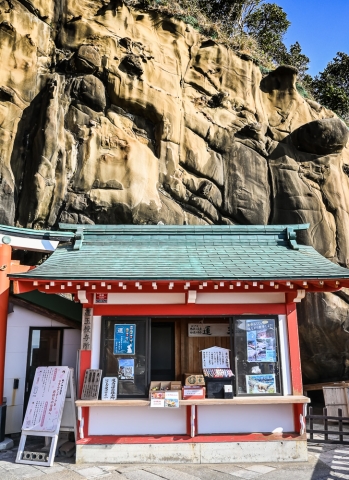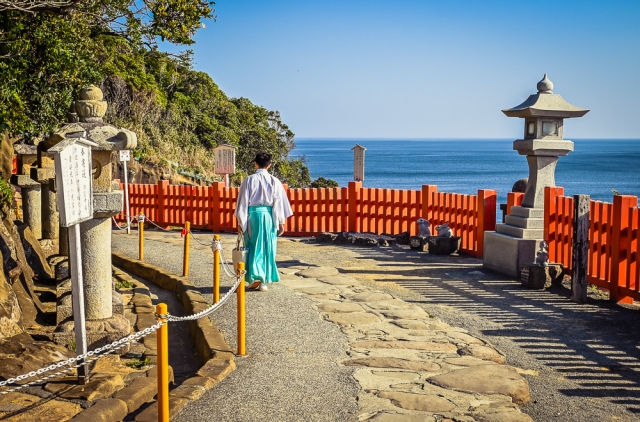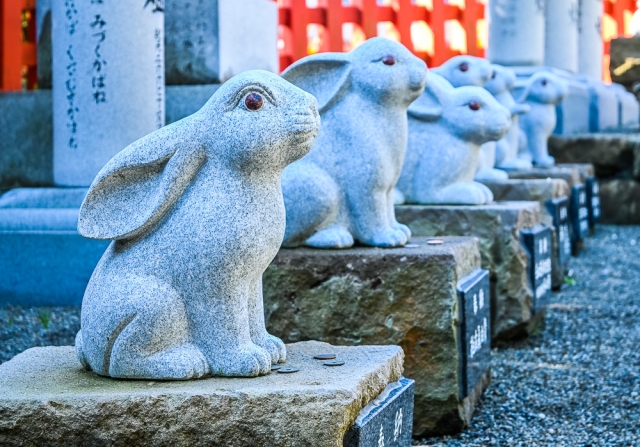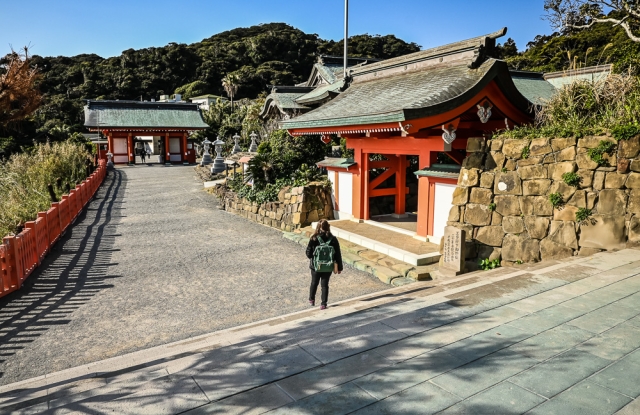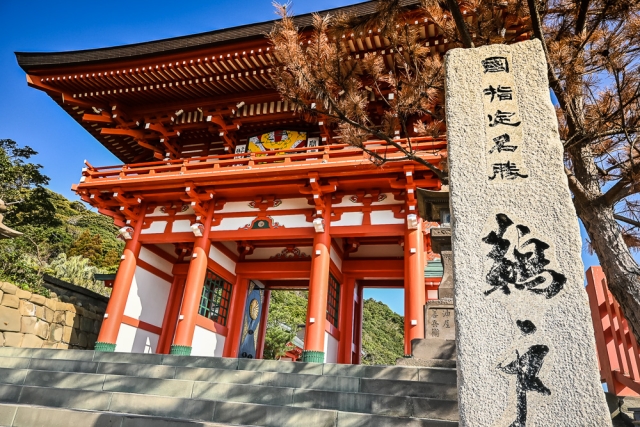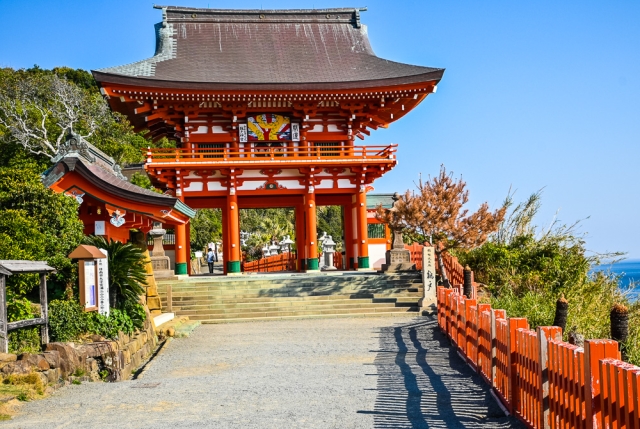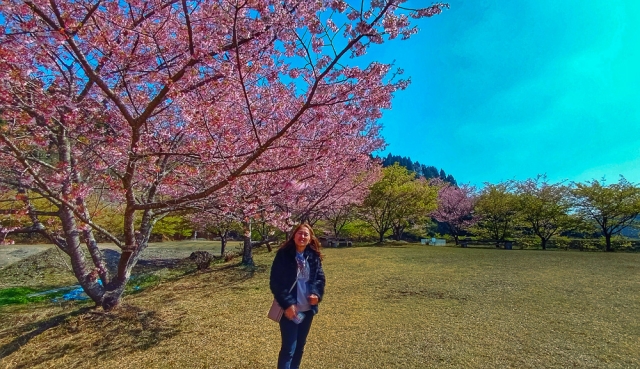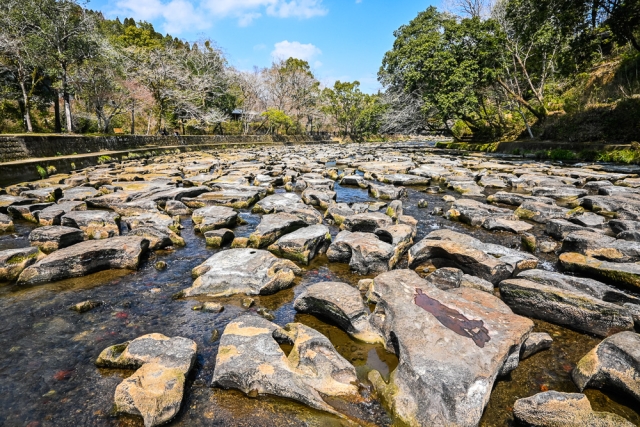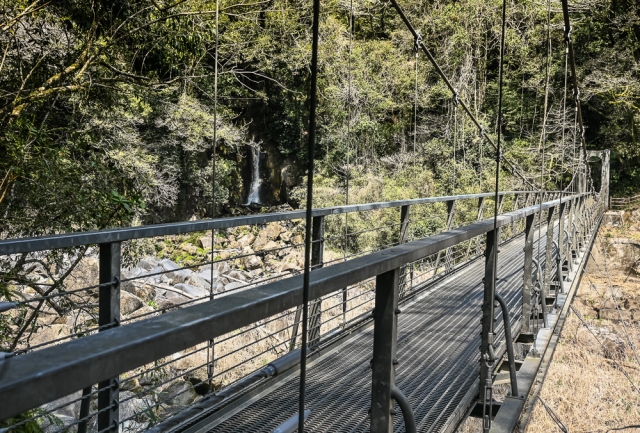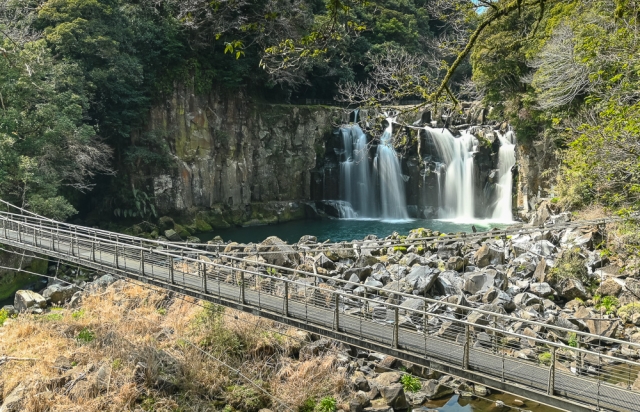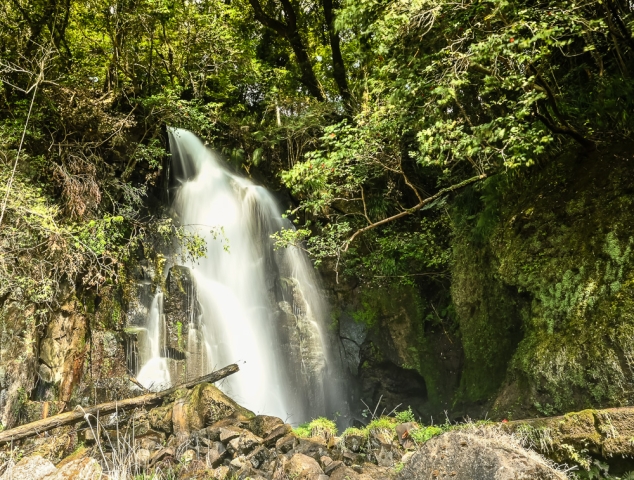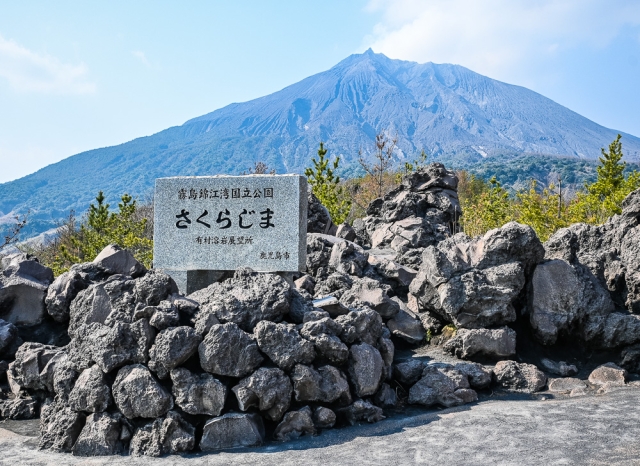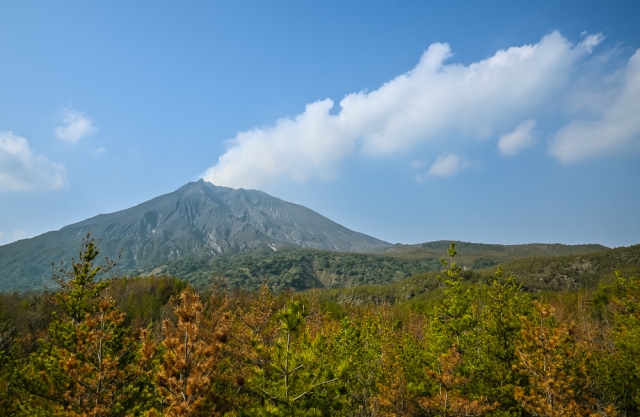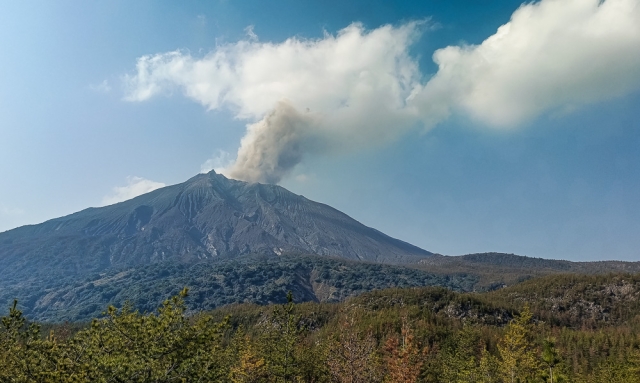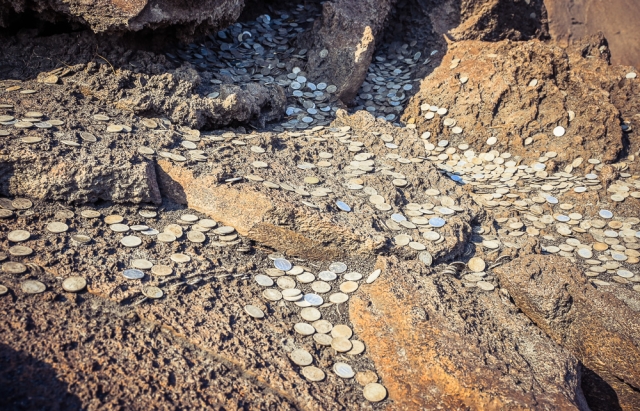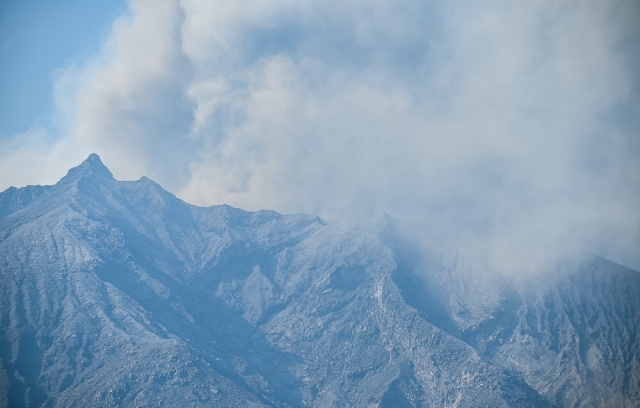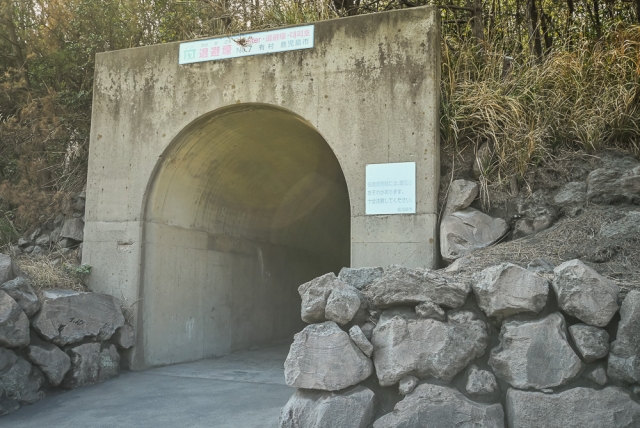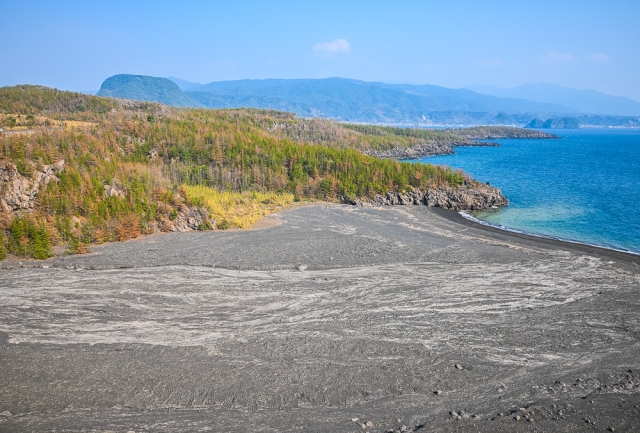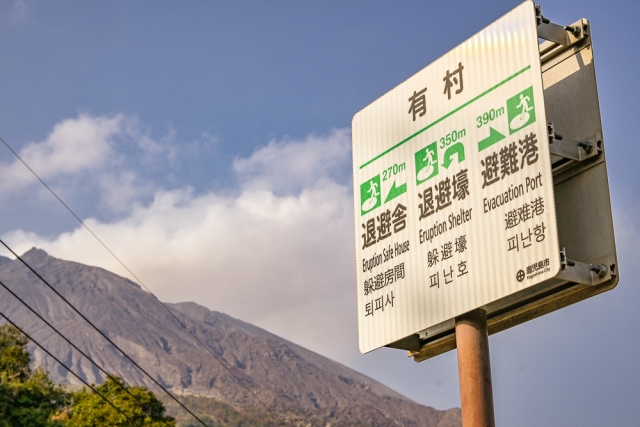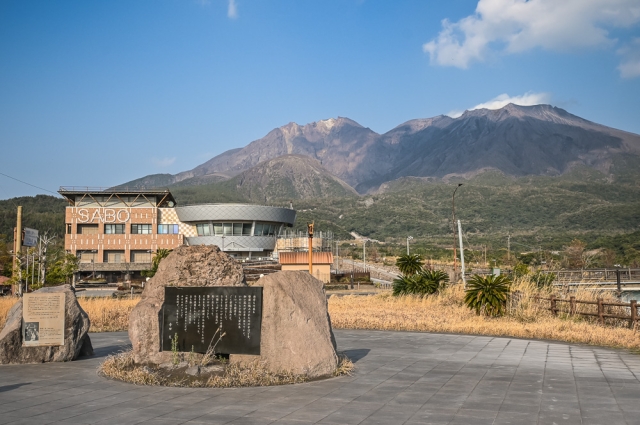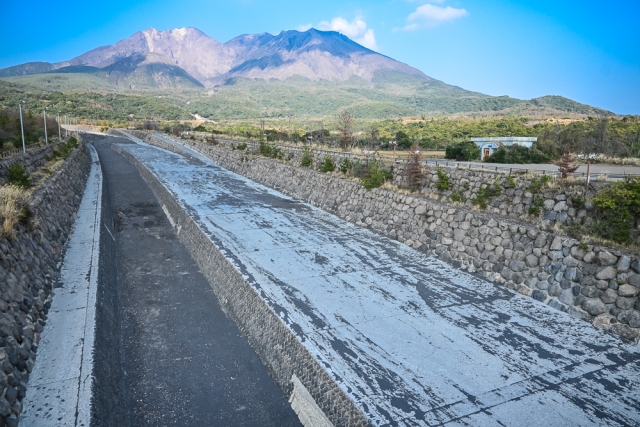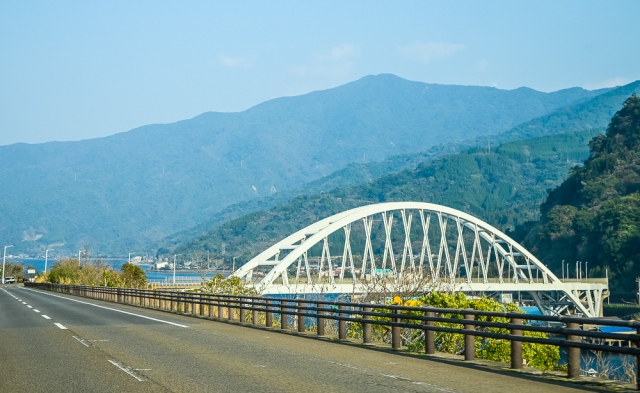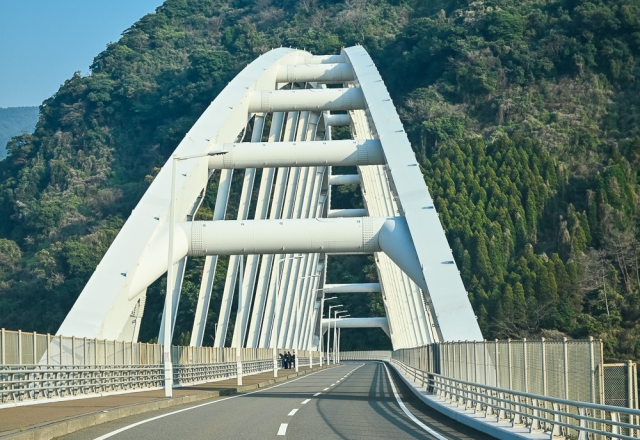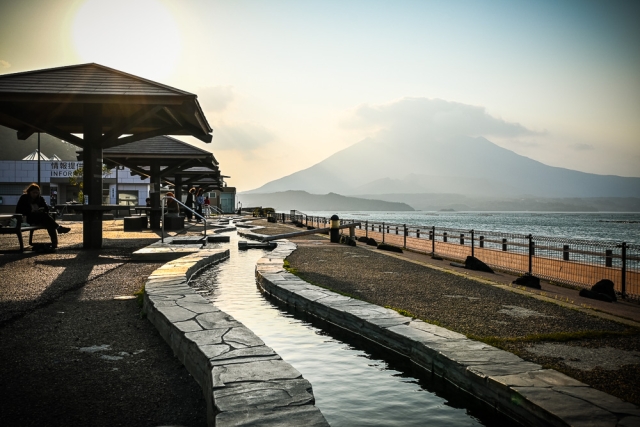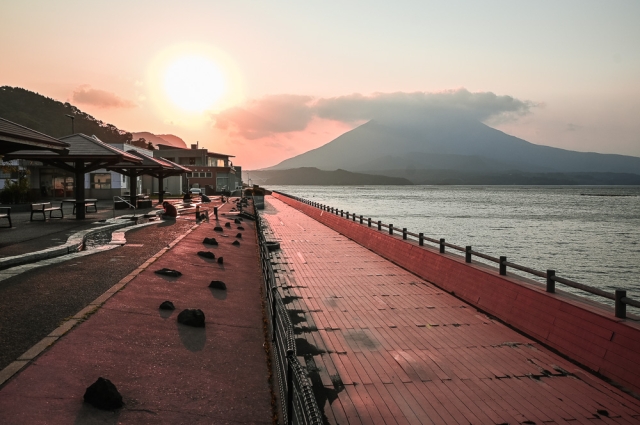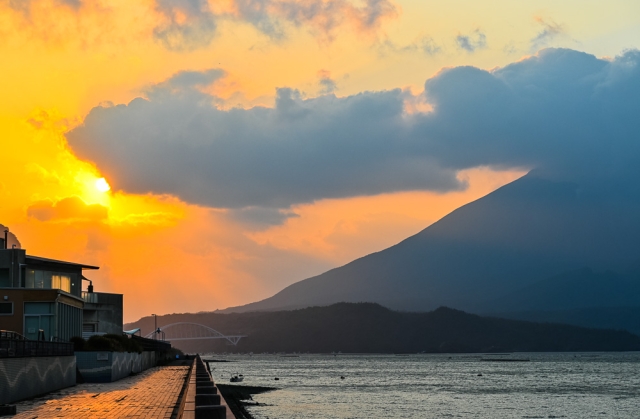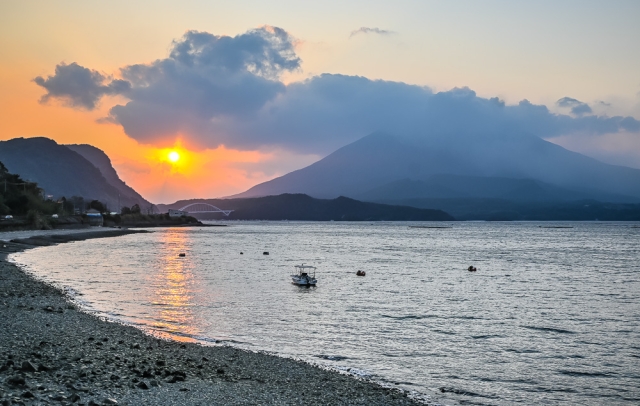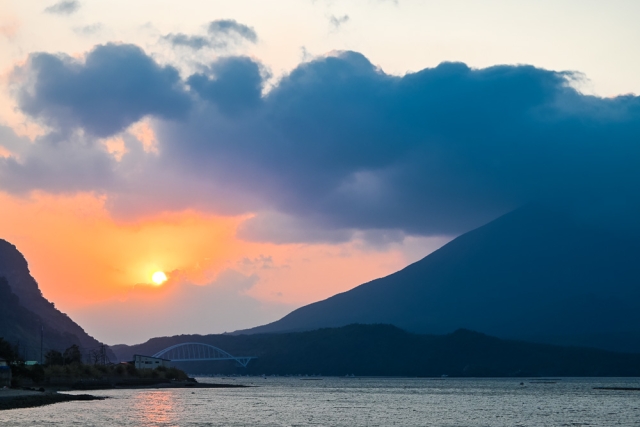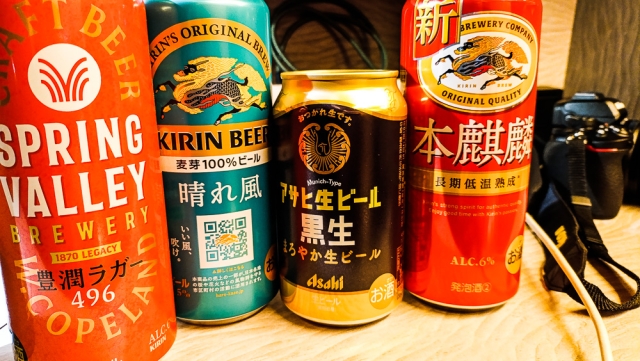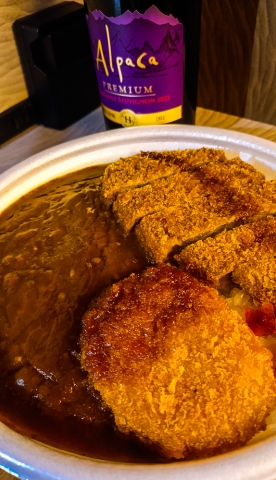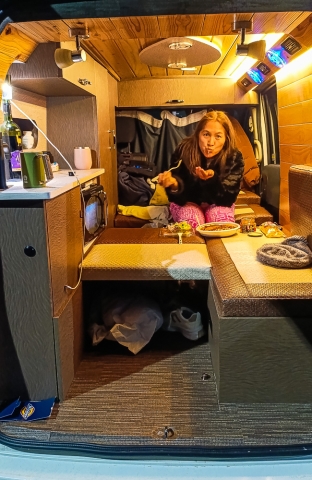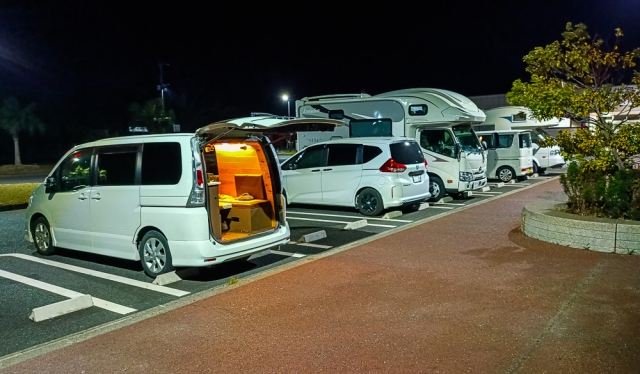Day 3: Ume to Miyazaki
Temperatures dropped below zero again, but there was no snow overnight, just a layer of ice on the front windscreen. When the van and ourselves were suitably warmed after a coffee, we headed south to Nobeoka to fuel up and fix the rear tire, which had picked up a screw. Fuel prices in Japan are very similar to those in Thailand, around 190 yen per liter, and most vehicles run on petrol. There were very few electric vehicles, which also surprised me.
We had a leisurely drive (all drives in Japan are leisurely as there is so little traffic and other road users are courteous), so we stopped off at some coastal viewpoints, including the “Sea Cross” at Hyuga and beaches, before reaching Miyazaki city to find a supermarket that sold sushi and sashimi for lunch.
From the city, we drove south to a surf spot to consume said sushi before heading to a natural beach formation of striated layers of rock called the “devil’s washboard” at Aoshima. This bizarre geological wonder formed millions of years ago from two types of rock eroding at different rates. It was unlike anything I had ever seen, a truly alien landscape, and only visible at low tide.
From here, it was a ten-minute drive to a local onsen (hot spring/spa) for a shower and a soak. This particular onsen had private rooms for 2,500 to 4,000 yen (600-900 baht) per hour, and ours had indoor and outdoor baths with super-soft natural spring water, which were more than welcome after two cold nights in the van.
Our parking spot for the night was called the Phoenix Road Station, named after the huge palm trees on this stretch of coastal road.
[A magnitude 6 earthquake struck off the coast of Miyazaki and Kagoshima a couple of days after we left Japan.]
Day 4: Udo Jingu to Sakurajima
The weather was starting to warm up, so sleeping was getting easier, and we were up for sunrise and down the coastal road to visit Udo Jingu, a Shinto shrine in a cave overlooking the ocean. Arriving at 8 am gave us the place to ourselves, which enhanced the serenity and peacefulness of the area. The rabbit-themed temple wasn’t that large, so we were soon on the road again, heading west in search of breakfast at another road station. However, eating times are strict in Japan, and restaurants only open for a couple of hours around midday and usually have queues.
We carried on west to the next road station, where we could eat as it was within the restaurant’s opening window. Food in Japan is as cheap as it is in Thailand if you avoid the tourist places, and portions are much larger, leaving you full for hours (which is probably why restaurants don’t stay open very long and locals sleep in their cars).
From here, we detoured north a little to check out a waterfall and suspension bridge. Google Maps seemed to know where it was, but we couldn’t find it as there were no obvious signs of where it should have been. Eventually, we located the spot and found our way down to the bridge to get some shots of the impressive Sekinoo Falls.
It was time to turn south again and head for Sakurajima, Japan’s most active volcano. Formerly on an island, a 1914 eruption and lava flow connected the stratovolcano to the peninsula. A level 3 eruption was going on when we arrived, and steam and ash were obscuring the views on the northern side of the mountain. We drove around the southern side to get a better view from a lookout point before venturing to the ferry port area to find a Family Mart for dinner.
Since restaurants are mostly closed in the evenings, we lived out of Family Marts, Lawsons, and Seven-Elevens, which stocked a good range of snacks, decent meals, and beer and wine for very little money.
Our accommodation for the evening was the Tarumizu Road Station, our most southerly spot, which had a foot bath, volcano view, and spectacular sunset. It turned out to be one of the best road stations we stayed at, despite being very busy with local campervanners, as it was a weekend.
Previous: Fukuoka to Beppu
Next: Kirishima-Kinkowan National Park

